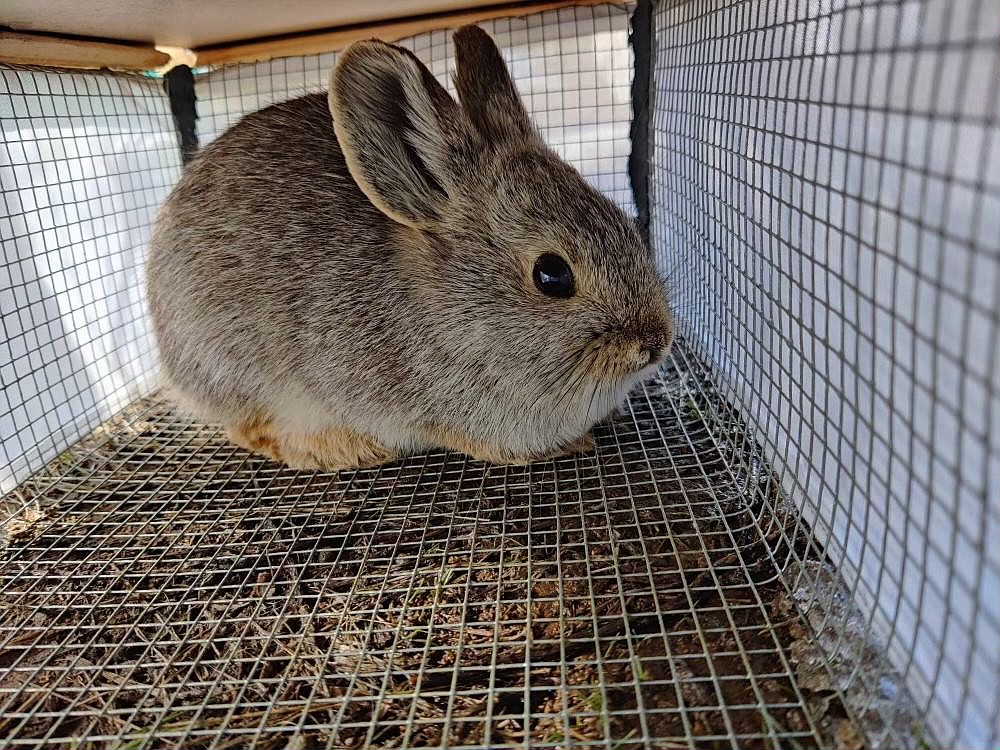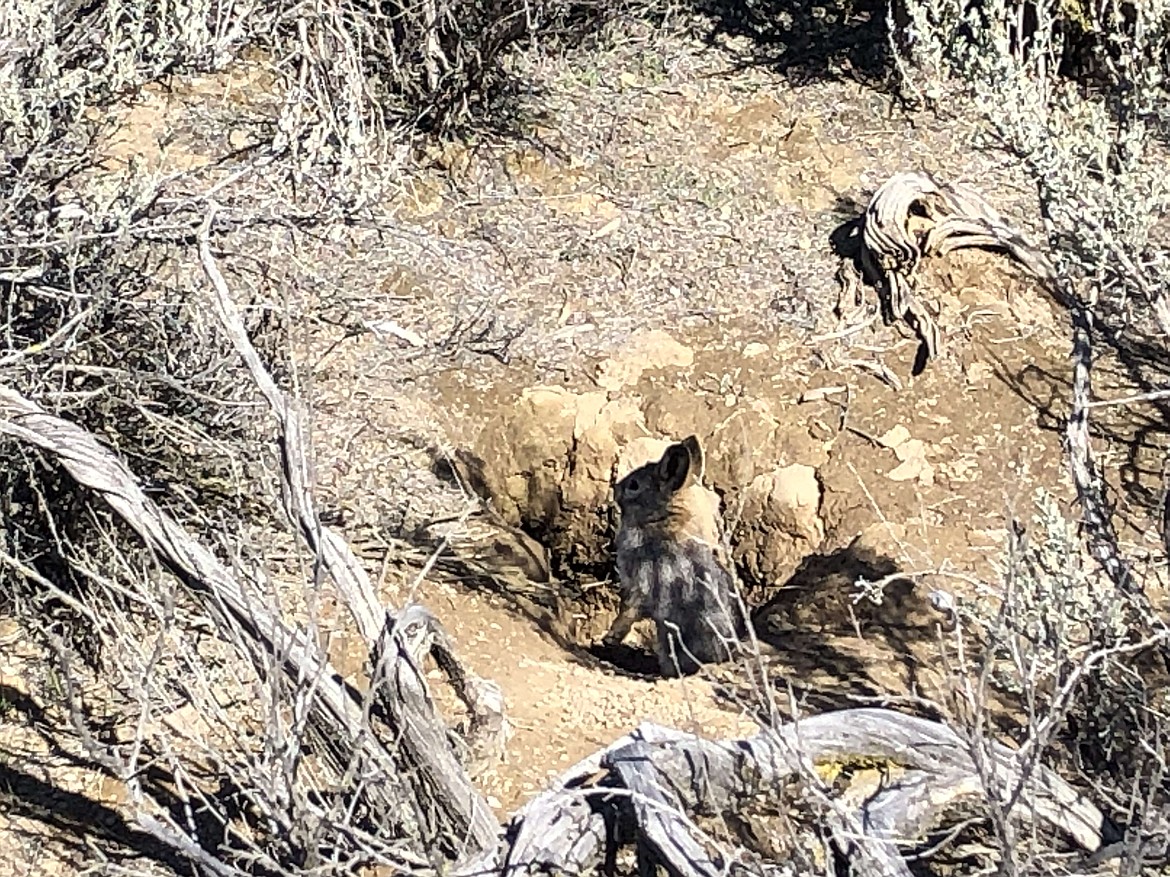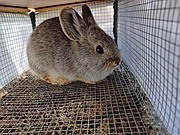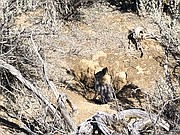Saving the pygmy rabbit
COLUMBIA BASIN — The pygmy rabbit, native to the land just north of Quincy, is just one of a number of threatened and endangered species in Washington. However, these little rabbits are part of a bigger story.
“Yes, this is our first and most critical shrub steppe species but if we don’t draw attention to the conservation and the needs of what the landscape and habitat need, we will lose this one but it won't be the last. We will start to lose the next most vulnerable species,” said Jon Gallie, Wildlife Biologist for the Washington Department of Fish and Wildlife.
Gallie said WDFW is a stepping stone for helping the public understand why shrub steppe and habitat recovery is important. These pygmy rabbits, since they are small and cute, stir people's emotions and bring attention to the other species who are also dependent on sagebrush and other shrub steppe that is native to the Columbia Basin and Central Washington.
According to a research paper published in 1995 titled ‘Washington State Recovery Plan for the Pygmy Rabbit’ by Kelly R. McAllister on behalf of WDFW, the pygmy rabbit is the smallest rabbit in North America. It is patchily distributed in the sagebrush-dominated areas of the Great Basin which includes portions of Oregon, California, Nevada, Utah, Idaho, Montana, Wyoming and Washington. The Washington populations, however, are disconnected from the core of the species' range, apparently separated for thousands of years, the paper said.
The paper goes on to state the pygmy rabbit is the only rabbit native to North America that digs its own burrows. It is also uniquely dependent upon sagebrush, which comprises up to 99% of its winter diet. Dense sagebrush and relatively deep, loose soil are important characteristics of pygmy rabbit habitat.
Gallie said that WDFW has monitored the pygmy rabbit population in Washington state for decades and has noticed a gradual decline throughout that time. In the late 80s to early 90s is when Gallie said the population reached a critical low, triggering intervention by agencies in the early 2000s. He said the lowest documented number was 16 rabbits. That intervention was to capture the remaining individuals for captive breeding and then reintroduce them to their native areas that are now controlled by state agencies. Gallie said that reintroduction to the lands north of Quincy began in 2011.
“All of the population decline is really rooted in our settling of the area, converting most of the habitats into developments and agriculture. That was the original impact and ever since then, it's just these fragmented populations slowly declining and no longer having connectivity to keep the populations sustainable and then they just lose genetic diversity,” Gallie said.
There are many things that have contributed to the decline in these populations, some being wildfires, land development and natural population intervals.
Pygmy rabbits have very short lifespans of only one to two years, Gallie said. This brings urgency to the situation as the populations could be only one to two years from extinction if not carefully monitored.
Gallie said that currently there are about 100 to 130 of these bunnies in about six populations, although their most recent census data is not back yet.
He noted that the department has come to find that having more groups or populations is of bigger importance than the overall number because there is a greater chance of survival for these rabbits if they are not all concentrated in the same group. Having multiple small populations allows some groups of the rabbits to survive if another group is wiped out by predators or wildfire.
Gallie said WDFW biologists are constantly learning more about how to help the Pygmy Rabbits survive and thrive.
“We’re finding the greater need is to have a broader distribution on the landscape with more smaller populations is how we’re probably going to achieve true recovery,” Gallie said.
Gallie said as part of this spread of populations, WDFW specialists are releasing rabbits into two new areas.
While these rabbits have come a long way, there is still a long road ahead to be declassified from endangered.
McAllister’s paper states that recovery objectives for down listing from state endangered status for Pygmy Rabbits are a minimum population of 1,400 adult rabbits comprising at least two areas supporting at least 500 adults and four additional areas that support at least 100 adults of the species.
Given trends in wildfires and agricultural use of land, Gallie said reaching that goal may be difficult.
“Because we’re losing so many acres to fire and we’re losing so many rabbits to fire every couple years that in reality we may just never have habitat long enough to really build a 500 to 1,000 rabbit population there. It’s going to have to be smaller, numerous small populations across the landscape,” Gallie said.
Rebecca Pettingill can be reached via email at rpettingill@columbiabasinherald.com.







